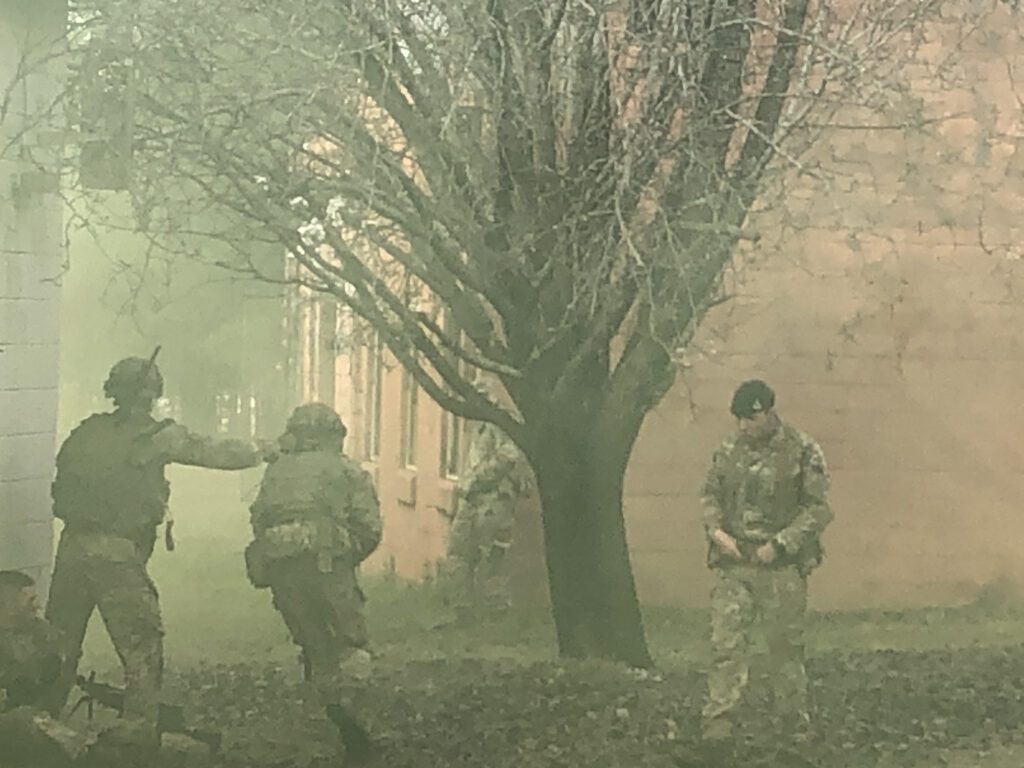Maj Gen PK Mallick, VSM (Retd)
New York Times report on U.S. based intelligence firm Recorded future giving details of Chinese penetration of India’s power grid and its possible linkage to power outage in Mumbai on October 13, 2020 has caused a furor in Indian media.
I decided to strike when iron is hot. I wrote the paper on the next day based on open sources information titled Chinese Cyber Exploitation in India’s Power Grid – Is There a linkage to Mumbai Power Outage? To be published by any think tank it would taken time because of requirements of peer review and other requirements.
I have published in my own blog site the paper Chinese Cyber Exploitation in India’s Power Grid – Is There a linkage to Mumbai Power Outage?, for earlier dissemination.
It is available now at: https://strategicstudyindia.blogspot.com/p/issue-brief.html
Any feedback is welcome.
















